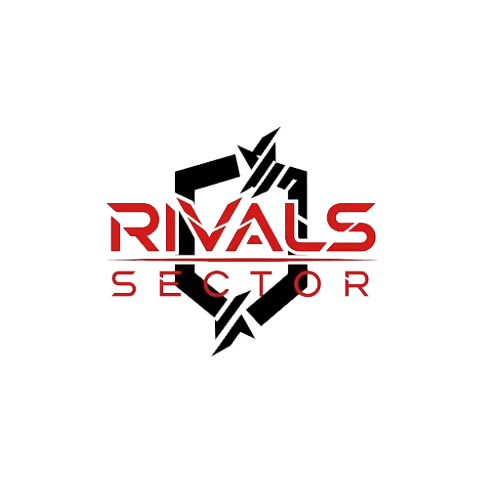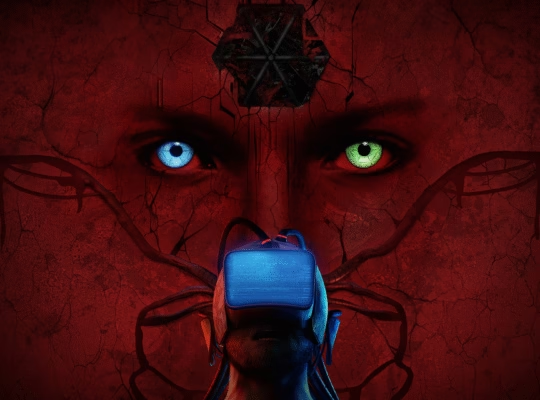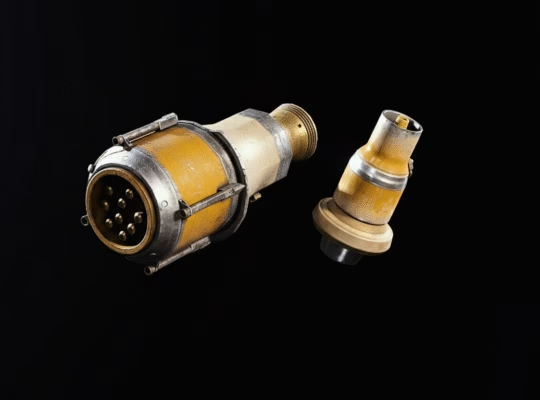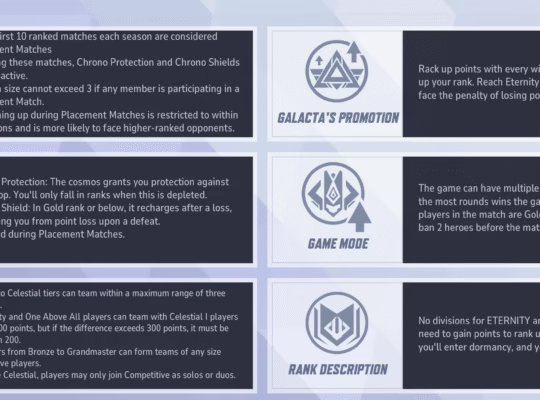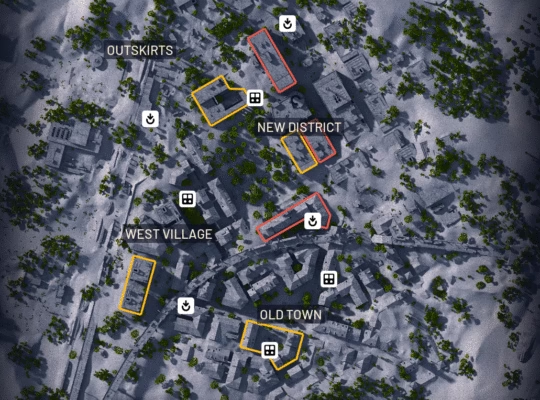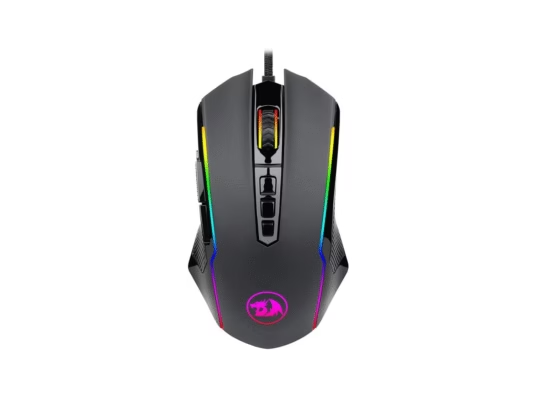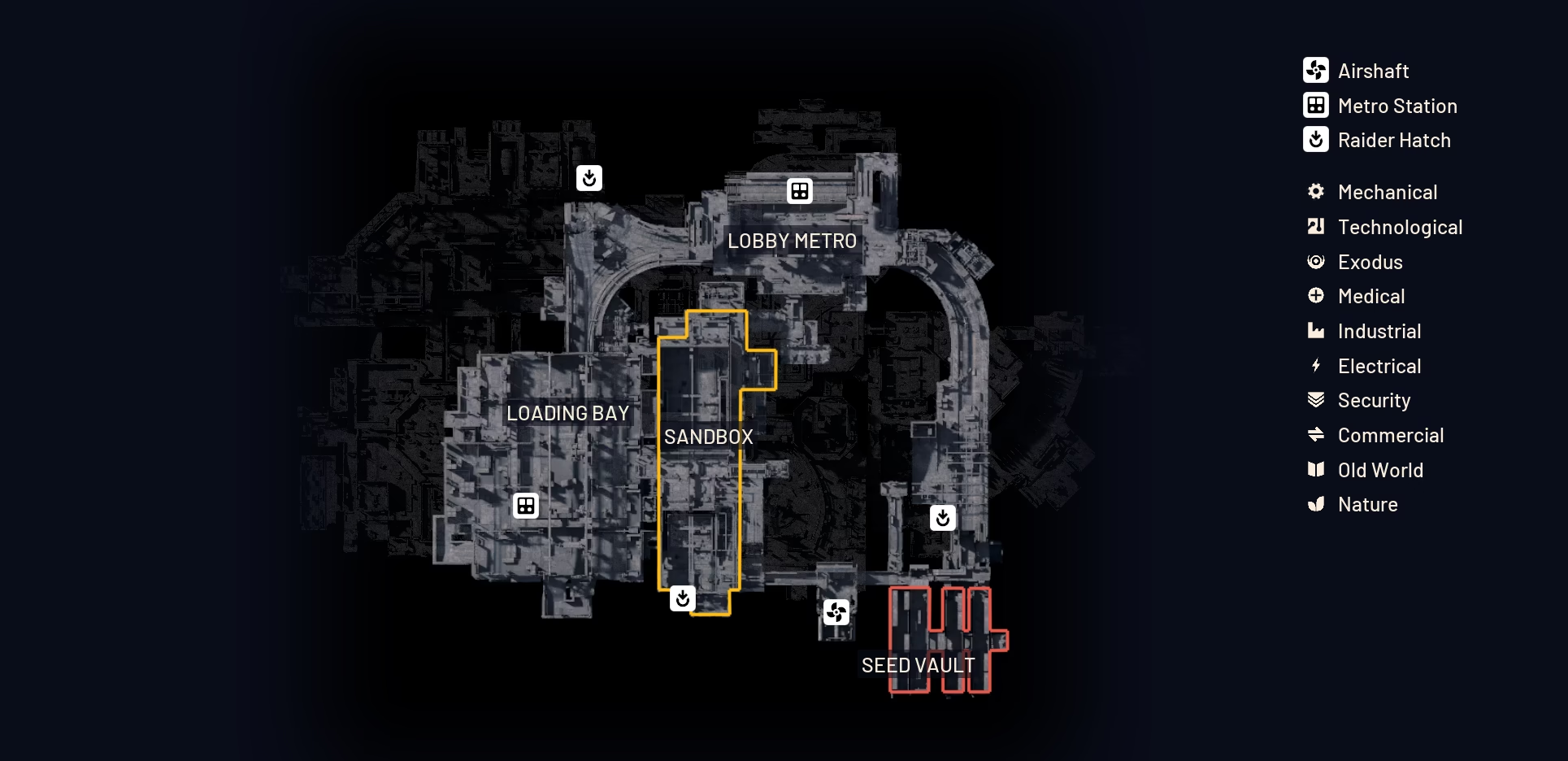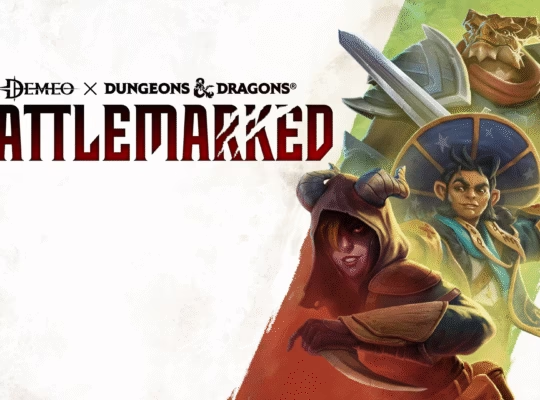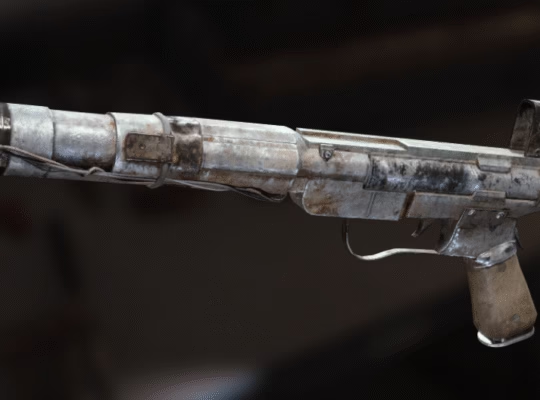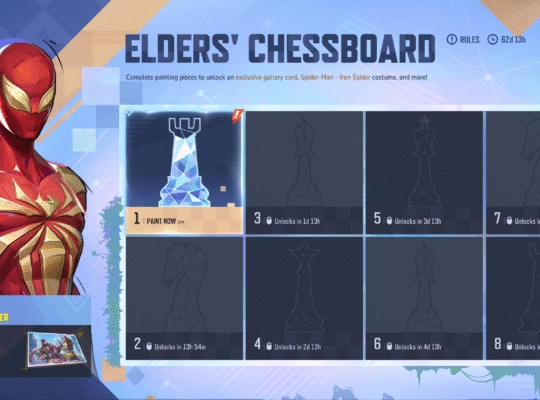The dark fantasy genre has never been more vibrant in gaming, and with new titles constantly pushing the boundaries of what a player can experience, it’s easy to get lost in the noise. But every so often, a game comes along that carves out its own niche. This brings us to Daimon Blades, the latest from Streum On Studio, a name that might sound familiar if you’re a fan of cult classics like E.Y.E: Divine Cybermancy. This time, they’ve traded the cyberpunk chaos for a brutal, first-person slasher in a grim, demonic world. The game has been generating some serious buzz, especially among those of us who live for fast-paced, visceral combat. So, the big question is, with its early access launch on Steam and a full release on the horizon, is Daimon Blades worth your hard-earned cash? I’ve been digging into the details, from the gameplay loop to the core mechanics, to give you a definitive answer. Let’s get into it.
A New Breed of First-Person Combat
Right off the bat, I can tell you that Daimon Blades feels nothing like a typical Soulslike, which is a breath of fresh air. Instead, the combat is an adrenaline-fueled, first-person hack-and-slash experience that takes heavy inspiration from titles like DOOM and Warhammer: Vermintide. The developers themselves have described it as a first-person slasher with the depth of an action RPG and the replayability of a roguelite, and from what I’ve seen, that’s an accurate description. You’re not just trading blows, you’re dancing with death.
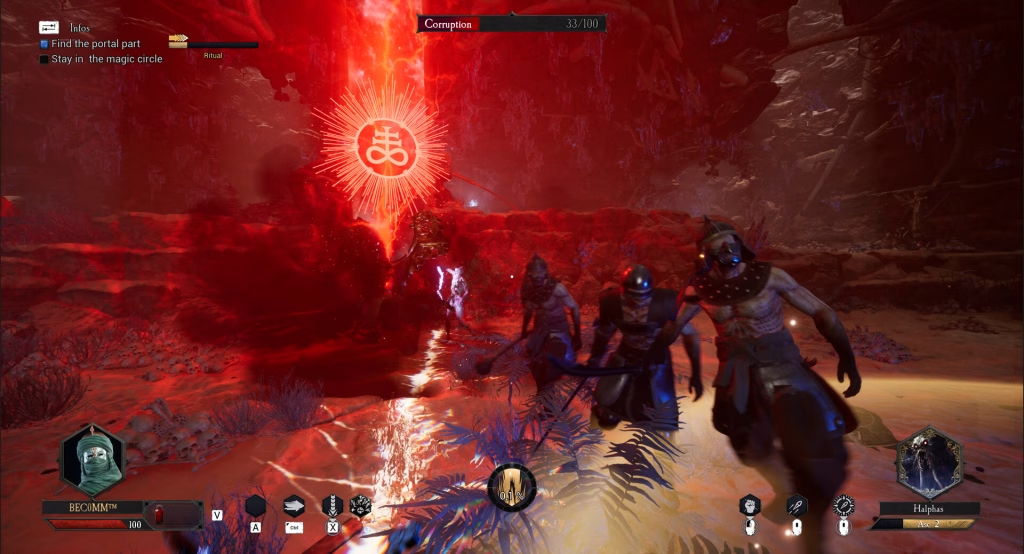
The core loop involves you, a warrior monk from the shadowy cult of the Secreta, delving into procedurally generated levels within the Daimon realm. Your mission is to track down your traitorous mentor, The Hermit, and stop his world-ending ritual. Each expedition is a high-octane run of brutal melee combat, where you face off against an ever-changing bestiary of demonic horrors. The pace is frantic, and a key to survival is mastering the parry and block system to interrupt enemy attacks and unleash devastating counter-strikes. It’s a true test of reaction time and spatial awareness.
What makes the combat truly stand out is the “living” weapon you wield, the Daimon Blade itself. This isn’t just a hunk of steel, it’s a sentient entity with its own abilities and attributes. As you slay enemies and absorb their blood, your weapon levels up, unlocking new powers and passive buffs. But there’s a catch, a corruptive nature that’s always at play. The more you use your weapon’s powers, the more its corruption grows. If the corruption meter fills completely, you risk losing all your progress on that run. It creates a fascinating risk-versus-reward dynamic that forces you to constantly balance aggression with caution. Do you push forward, risking everything for a powerful new ability, or do you retreat and save your current gains? It’s a mechanic that keeps you on the edge of your seat.
Progression, Customization, and Replayability
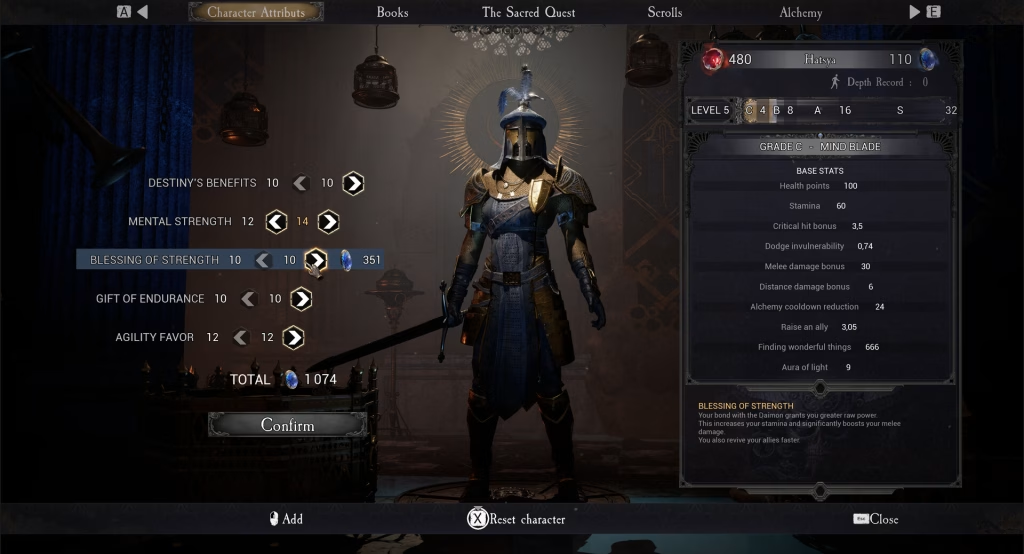
Beyond the moment-to-moment combat, the game’s depth lies in its robust progression and customization systems. This is where the action RPG and roguelite elements really shine. In between your runs, you can head back to your social hub area, the World Room, where you can permanently upgrade your character and your weapon. This is where you’ll spend resources gathered during your expeditions to craft new armor, unlock new abilities, and permanently increase your weapon’s raw power.
The developers have made it clear that they’re all about player freedom. You’re not restricted to a single class or build. You can mix and match abilities from different factions, allowing for a truly unique playstyle. The game features three main factions to choose from at the start of your journey, each with its own cultural aesthetic, from Roman-inspired knights to Asian-influenced warriors. While the game provides some basic characters and skins, you can unlock and craft new, modular cosmetics to create a look that’s truly your own.
Here’s a quick look at some of the key features that define the game’s replayability:
- Procedural Level Generation: Each expedition is unique, with different enemy placements and environmental layouts, ensuring that no two runs are the same.
- Living Daimon Weapons: Your weapon’s unique, corruptive nature and ability to level up mid-run adds a fresh layer to the roguelite genre.
- RPG Customization: You can level up your character, allocate stats, and craft new gear and abilities.
- Co-op and Solo Play: The game supports up to four players in online co-op, but the difficulty scales to make it just as viable to play alone. The developers have stated that no abilities are explicitly designed for co-op, which means you can have a full experience regardless of whether you’re playing with friends or flying solo.
To give you a clearer picture of the game’s technical side, let’s take a look at the system requirements for the early access version:
| Component | Minimum Requirements | Recommended Requirements |
| OS | Windows 10/11 (64-bit) | Windows 10/11 (64-bit) |
| CPU | Intel i5-6600 (3.30GHz) or AMD Ryzen 2400G (3.6 GHz) | Intel i7-9700K (3.70GHz) or AMD Ryzen 5 3600 (4.2GHz) |
| RAM | 8 GB | 16 GB |
| GPU | NVIDIA GeForce GTX 970 or AMD Radeon RX 570 | NVIDIA GeForce RTX 3060/2060 or AMD Radeon RX 5700 XT |
| Storage | 27 GB | 27 GB |
| DirectX | Version 12 | Version 12 |
As you can see, the requirements are pretty reasonable for a modern PC. A mid-range setup should be able to handle it without a problem, but if you want to crank up the visuals and get a smooth frame rate, you’ll want to aim for the recommended specs. The graphics and overall art direction are fantastic, creating a gritty, dark fantasy world that feels both oppressive and beautiful at the same time.
The Verdict, Is It Worth a Buy?

So, to come back to the initial question, is Daimon Blades worth buying? Based on everything I’ve seen and what the early access previews have shown, my answer is a resounding yes. Streum On Studio has a solid track record of creating unique, genre-bending titles, and Daimon Blades looks to be their most refined and accessible game yet. It expertly blends the white-knuckle action of a first-person slasher with the deep progression and replayability of an action RPG and a roguelite. The combat is satisfying and fast, the customization is extensive, and the unique “corruptive” weapon mechanic provides a thrilling layer of strategy to every run.
The fact that it’s launching in Early Access is also a huge plus, as it shows the developers are committed to building the game with community feedback. They’ve already outlined a roadmap that includes more biomes, enemies, and features, with a full release planned for summer 2026. This means that if you buy in now, you’ll be part of the journey as the game grows and evolves. If you’re looking for a new game to sink your teeth into, one that offers both a challenge and a ton of replay value, you really can’t go wrong with Daimon Blades. It’s a game for those of us who love a good grind, a great fight, and a world drenched in dark, gritty lore.
Ready to take the plunge? Head over to the Steam page, add it to your wishlist, or even grab it in Early Access. You can also stay tuned to our site’s Gaming Insights category for more deep dives and future updates on this killer title. I’m Elias, and I’ll see you in the Daimon Realm. Psst… you’ll also enjoy our latest article about Digimon Story Time Stranger.

